All photography excites me, but my favourite is what I refer to as a “two legs, a heart beat and a good, old-fashioned aimless wander”. My wander was a two month walk through Nepal.
Traveling by foot means my equipment needs to cover the basics while remaining as minimal as possible. One camera – my beloved, rugged Nikon D800. Essential lenses – Nikkor 14-24mm f/2.8 for wide angle shots, Nikkor 28-300mm f/3.5-5.6G for its versatility and my favourite, Nikkor 50mm f/1.4G for portraits. Add three fully charged batteries, memory cards, a charger, power adapter, lens cleaning fluid, 2 lens cloths and I am good to go.
Portrait photography is the main focus of my travels and I admit, it takes a lot of practice and courage to reach the point where you feel comfortable approaching someone with camera in hand. It is not always easy, but I have figured out a similar set of steps that I adhere to almost every time that can lead to not only a beautiful portrait, but a positive, rewarding interaction. When approaching someone, my camera is already in hand, but down at chest height – never at eye level. I start by making eye contact. I smile and greet them in their language, not mine. I gesture to my camera with my hand and then to them using an improvised sign language. The most critical element comes next – the need to read and respect body language. If they break off eye contact or turn their body away from you, it becomes an immediate no-go. This needs to be respected 100%. A returned smile or continued eye contact do not imply consent, but it allows for further interaction. I wait for the equivalent of a nod or a ‘yes’, which depending on the culture, can manifest in many different ways. I will not shoot until they make it clear that it is ok. Once given the go-ahead, I move quickly, take 3 or 4 shots and then lower my camera as if to say ‘that’s it’. I show them the images and often they will break into laughter at the sight of themselves on the screen and ask you to take another! These next shots tend to turn out even better than the first, as they are now relaxed, allowing their genuine expressions and personalities to shine through. All in all, the photographic portion remains brief as I try to make the interaction more about them and less about the images. After a few minutes, I thank them in their language and continue on down the trail.
Each lens has its own distinct feel, and while more often than not, I reach for the 50mm for portraits. The wide angle lens works wonders when the goal is to capture the subject in context with their immediate surroundings and the zoom lens excels when wanting to closely capture a more head-to-toe image, highlighting perhaps the cultural attire or to frame the subject against a particular backdrop.
Upon returning home, the first order of affairs is to download and back-up the thousands of images – a time-consuming process indeed, but one that is brought to life by revisiting the faces, smiles and personalities that I met along the way. It is a process I can hardly make it through without planning the next ‘aimless wander’.
About the Author
Julie-Anne Davies is a photographer living in the mountains of British Columbia. For the past 10 years, she was busy balancing raising her two children, both at home and on the road adventuring, and running her own full time wedding photography business. She has moved on from shooting weddings and now spends her days focusing her photography pursuits on both culture and the environment. You can see more of her work at www.julieannedavies.com or on FB under ‘Julie-Anne Davies Photography’.



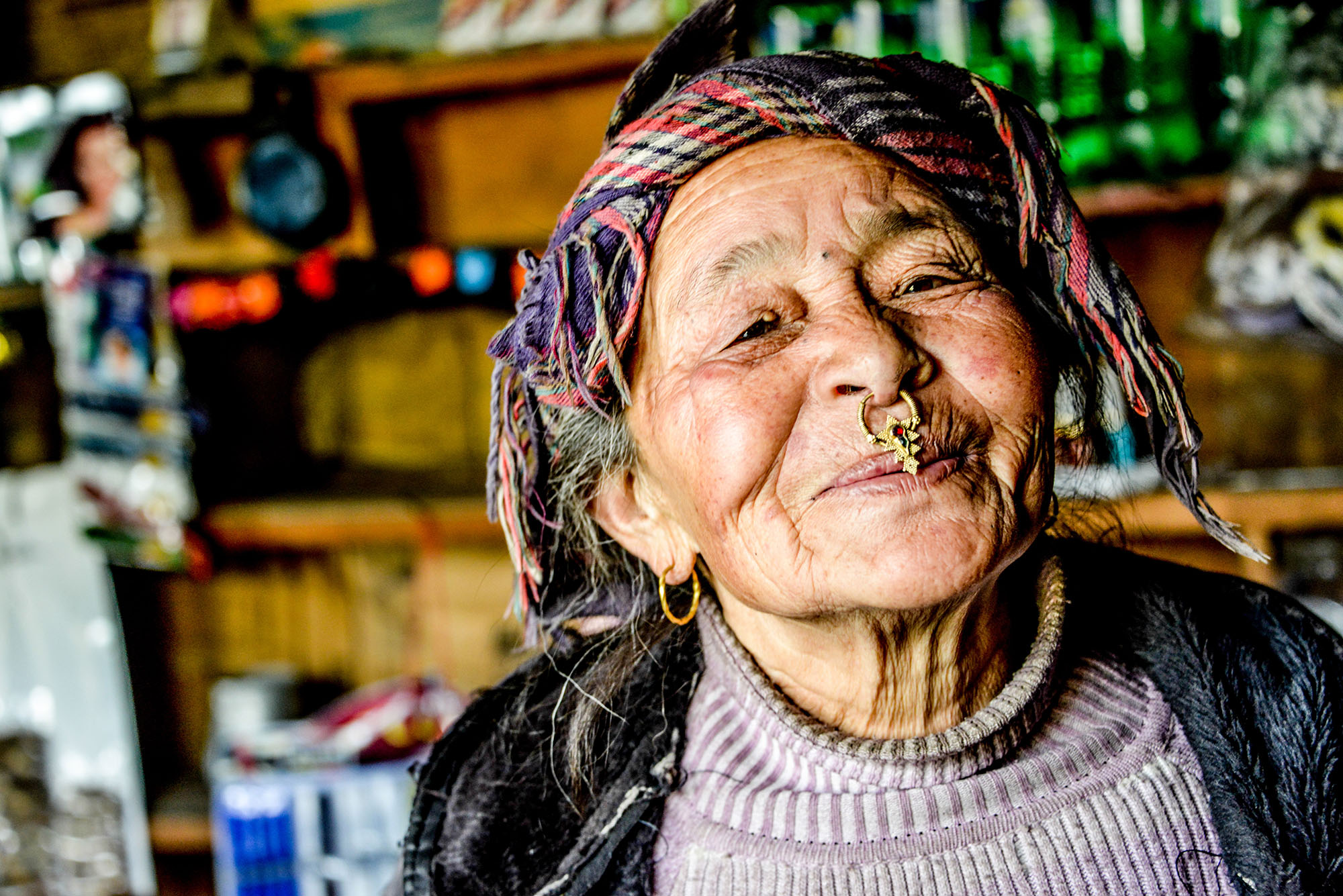
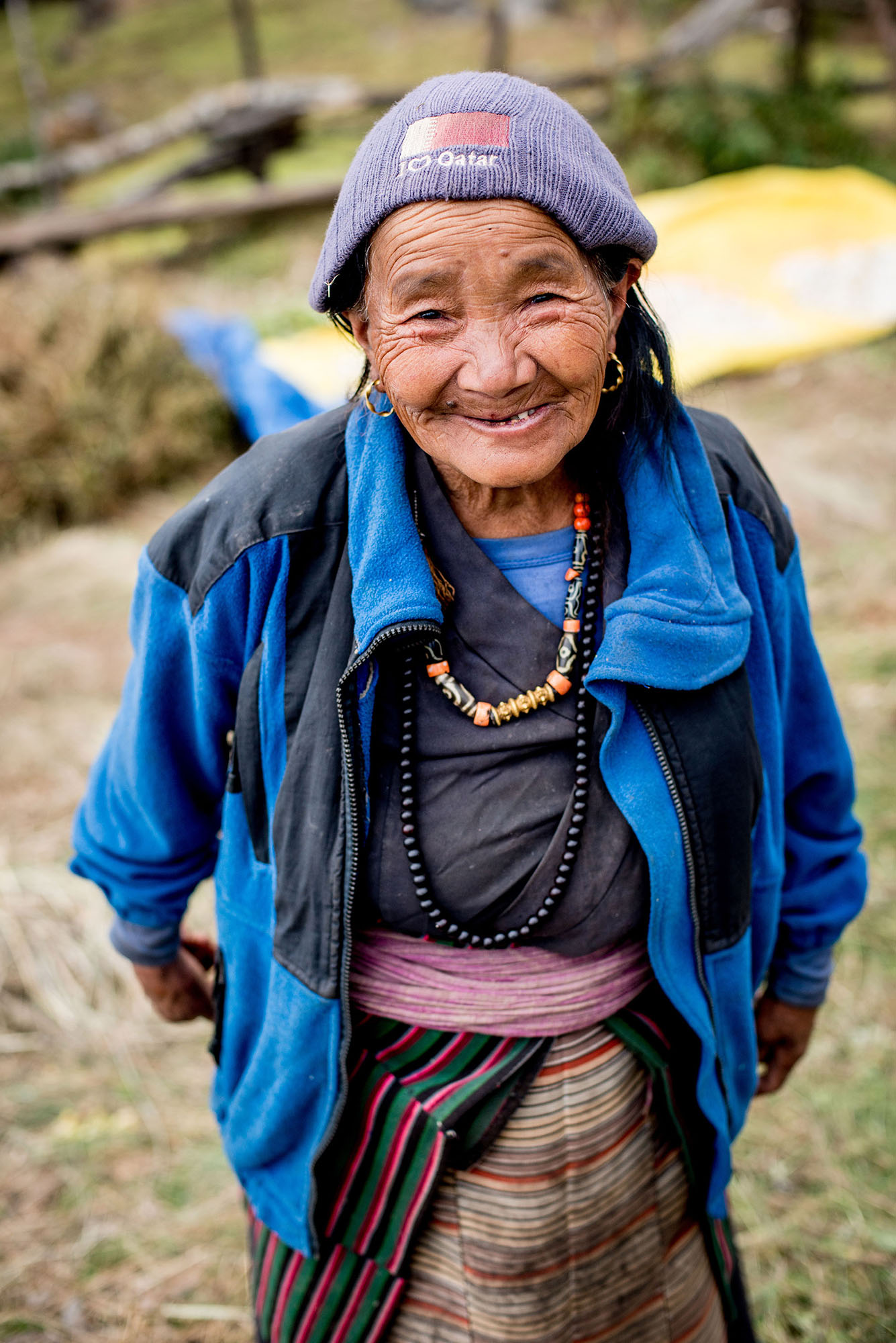
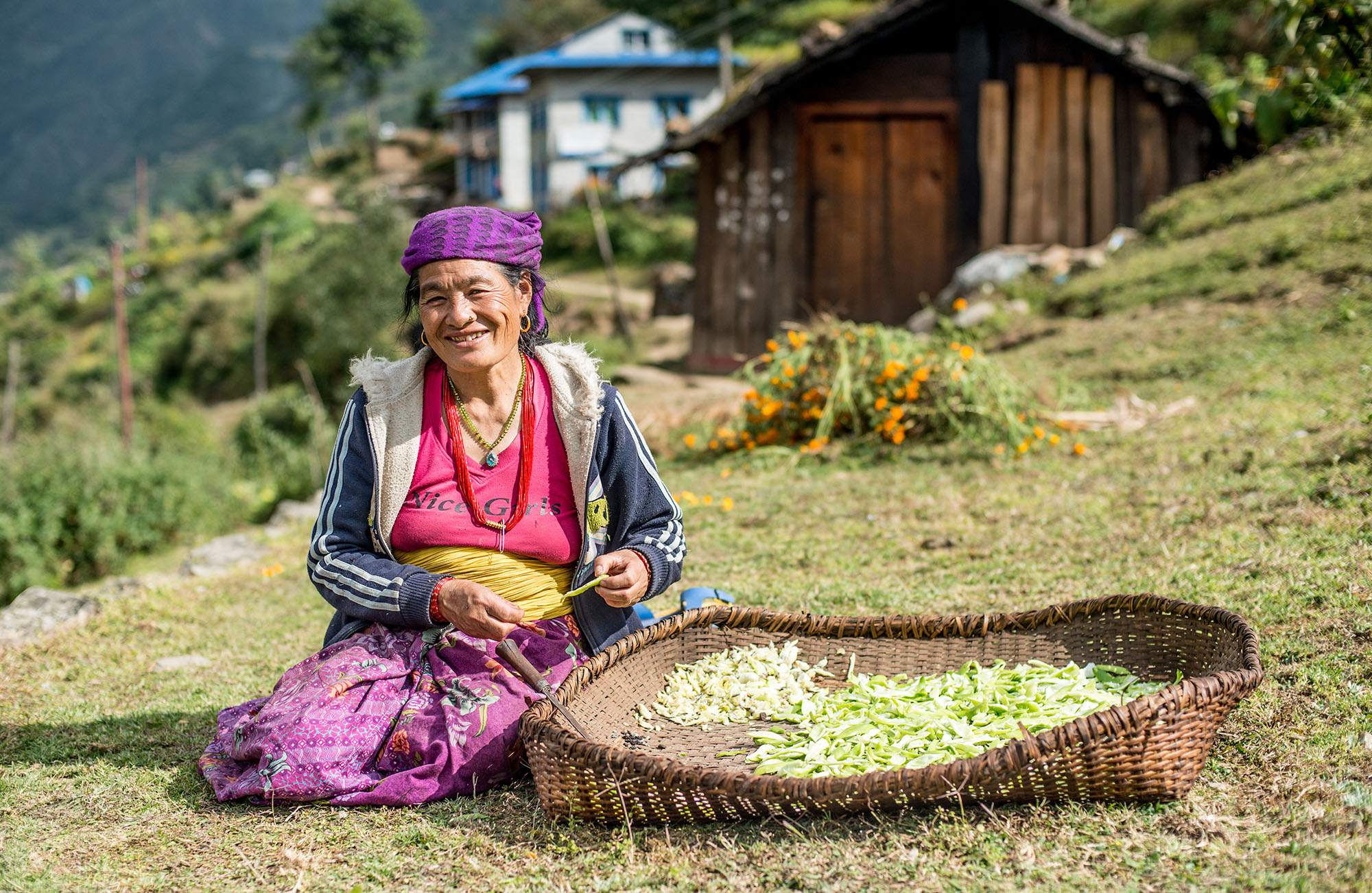
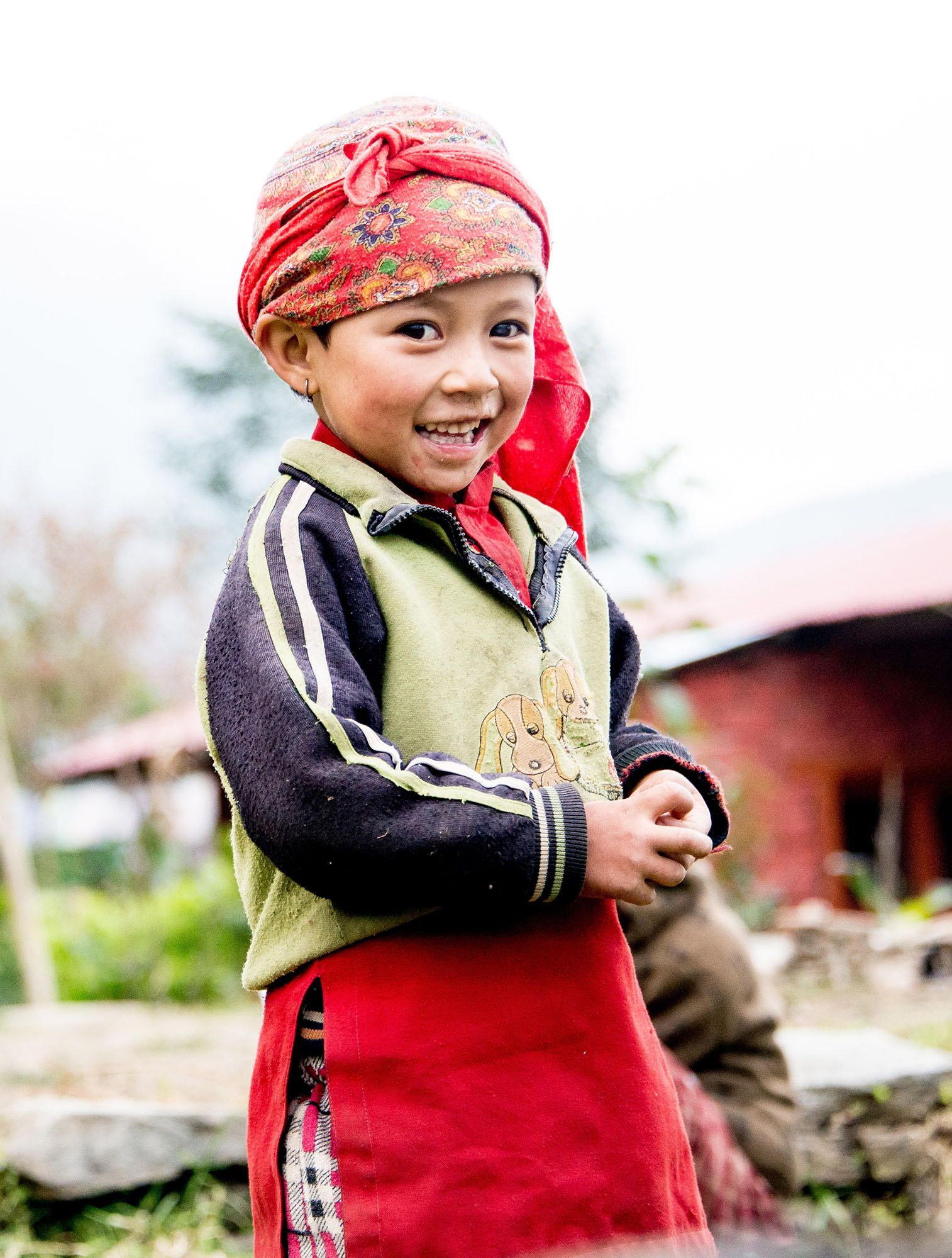
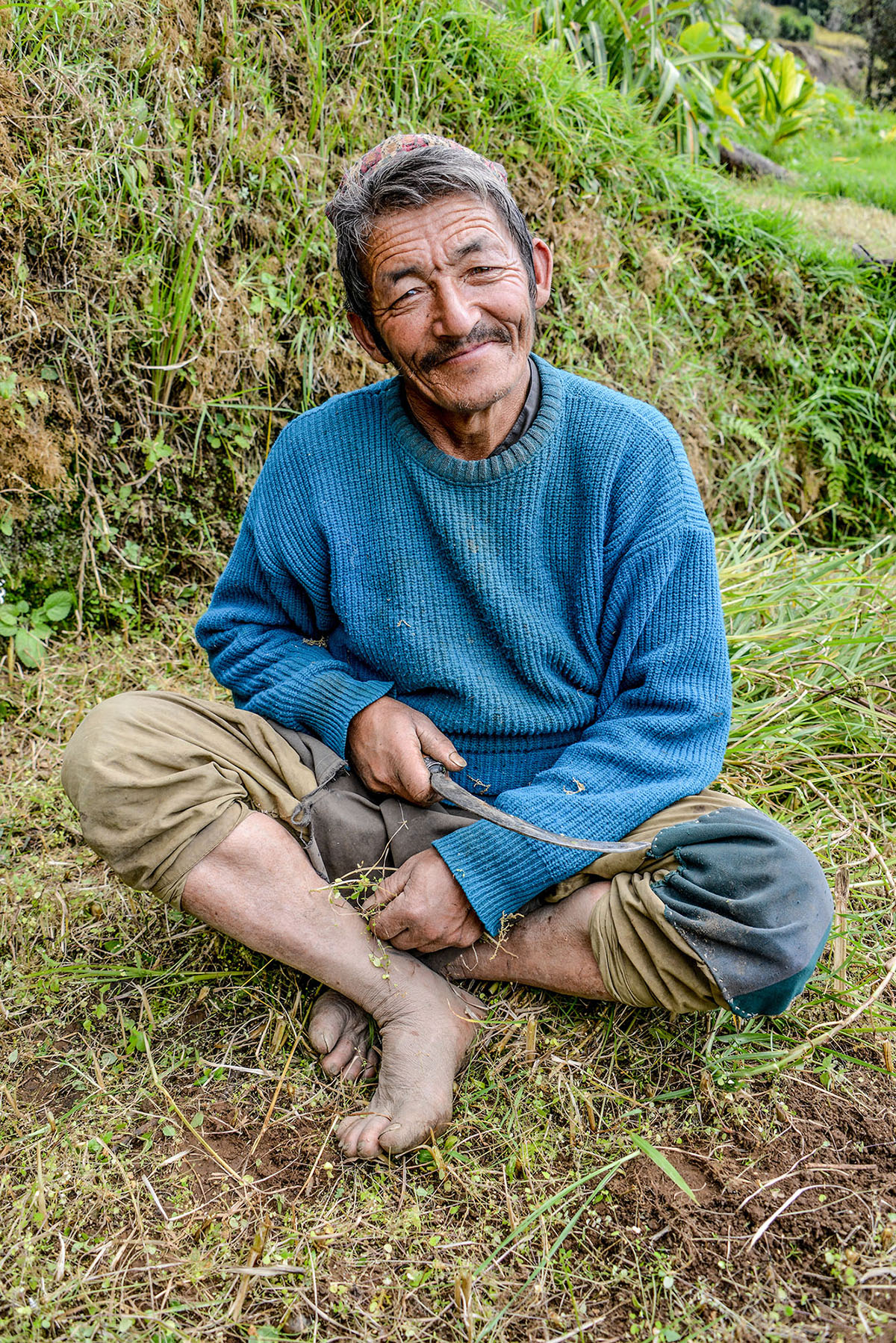
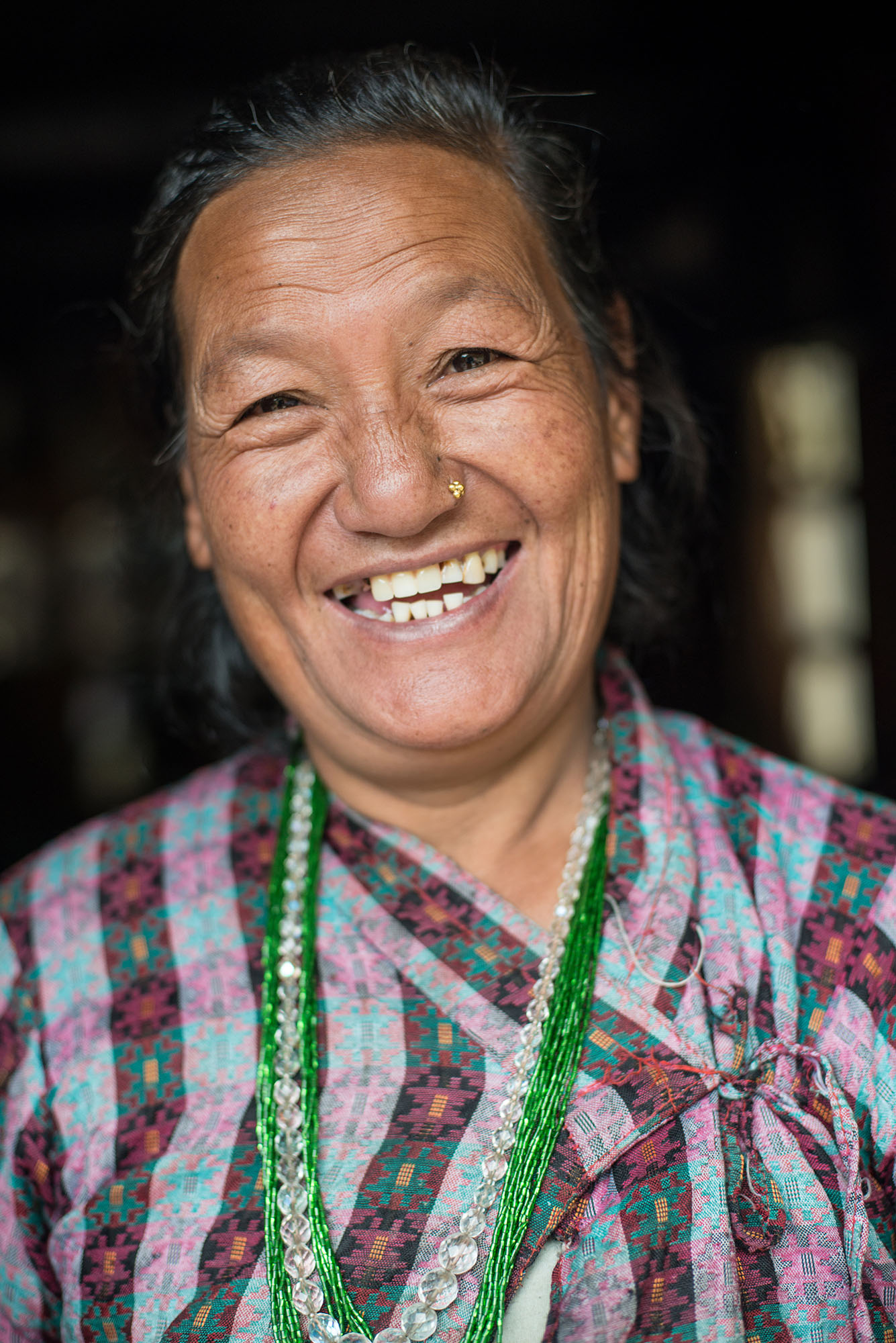
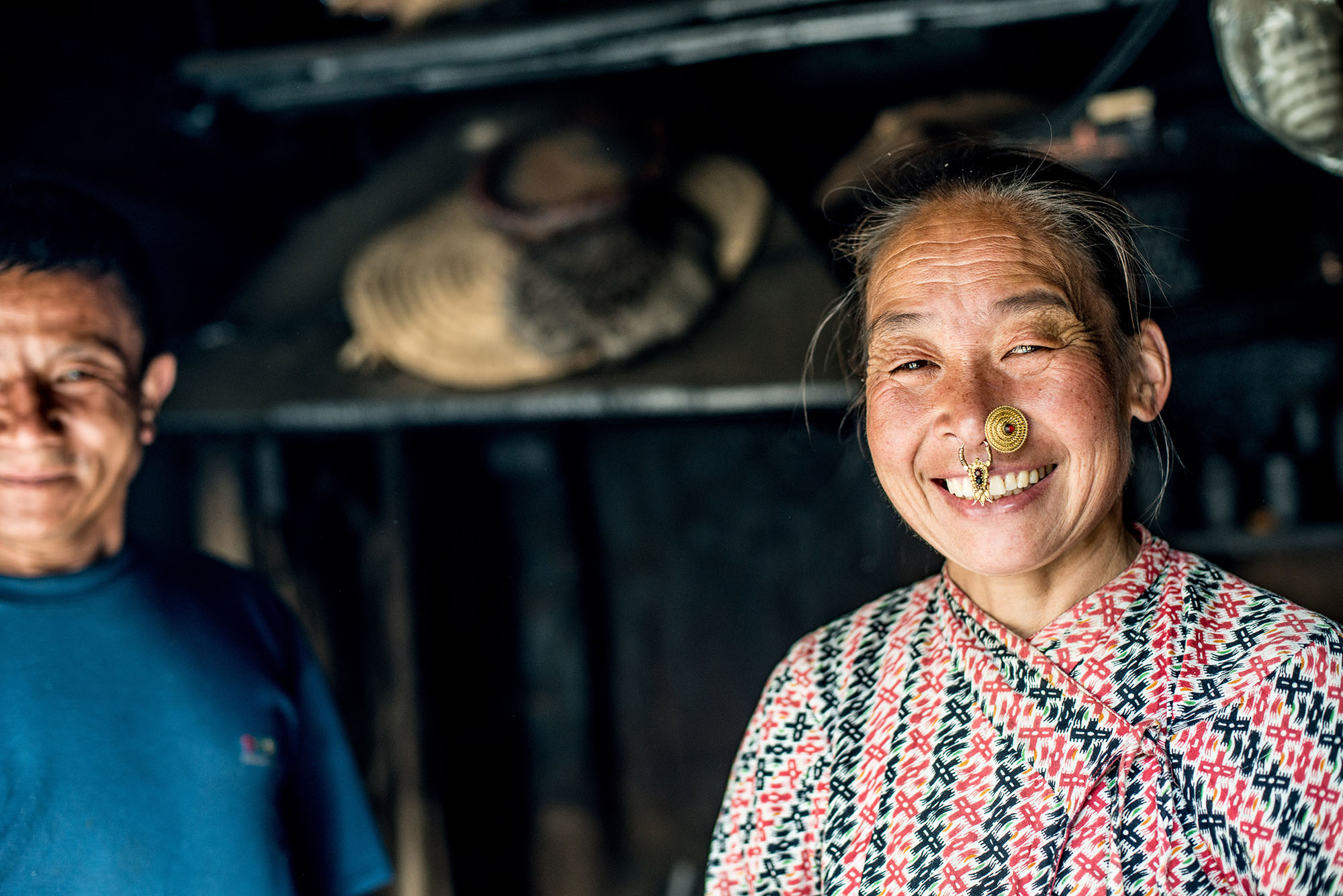
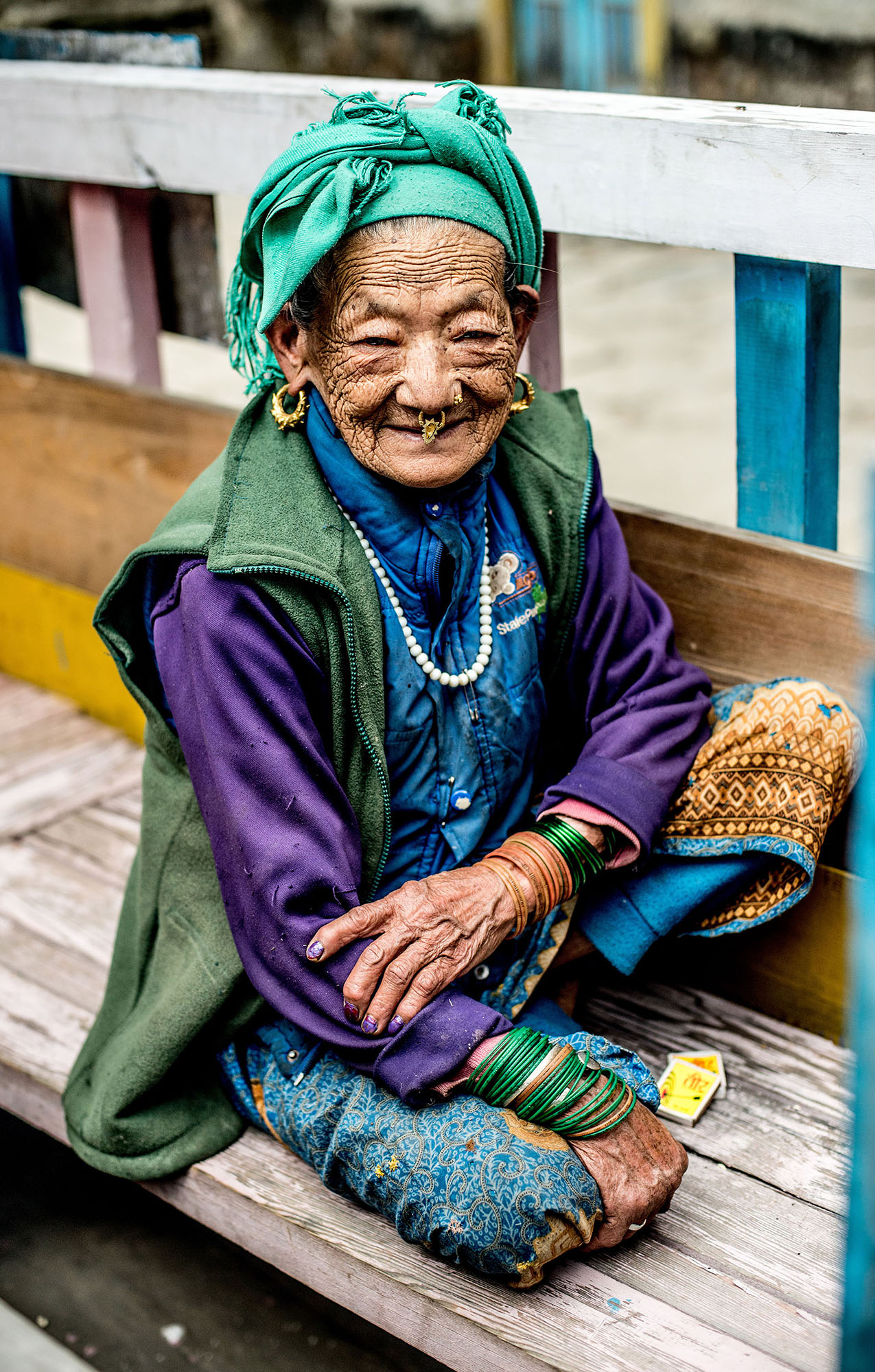




I think there’s a wonderful opportunity to reproduce the lady in the purple blouse as black & white. The textures and expression would be stunning.
Worth a try !!